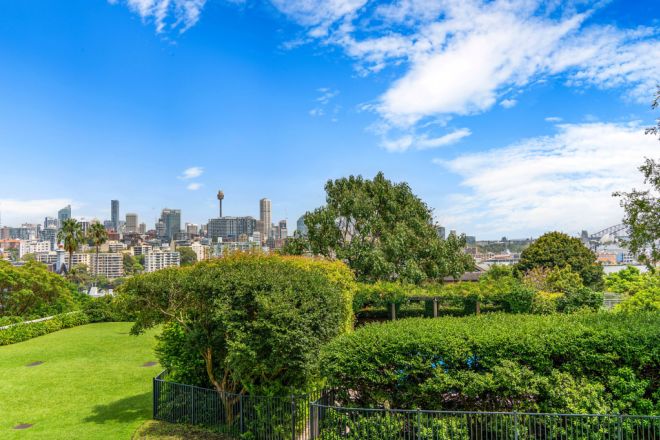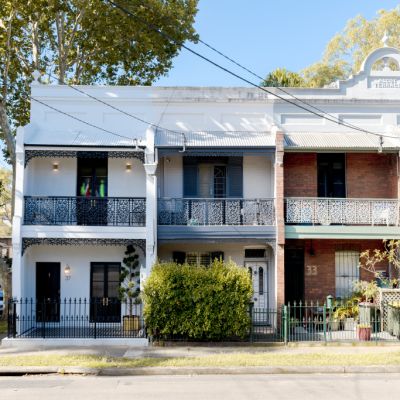No mortgage needed: Suburbs where one in two homes are bought in cash
More than one in four properties on Australia’s east coast were purchased entirely in cash in 2023 thanks to a mix of downsizers, well-heeled buyers and investors.
Experts say the cash buyer market helped drive property price growth despite rising interest rates and warn the cohort of cash buyers is likely to grow, pushing home values higher.
Some 28.5 per cent of all residential property sales were cash-funded last year, PEXA’s 2023 Cash Purchases Report, released on Wednesday, found, up from 25.6 per cent a year earlier. That is, properties bought without a home loan.
This totalled $129.6 billion in value compared with $127.7 billion in 2022.
In Sydney, the suburbs with the highest proportion of properties bought in cash were Milsons Point (63.6 per cent), Darling Point (60 per cent) and Sydney CBD (54.3 per cent).
In Melbourne, more than half of properties were bought in cash in the postcodes of Carlton (52.3 per cent) and Melbourne (50.6 per cent). There were also many cash buyers in well-heeled Brighton (44.2 per cent) and Toorak (42.9 per cent).
PEXA chief economist Julie Toth said the growing cohort of cash buyers had helped buoy the property market.
“It is one of the reasons why property markets have proven to be very resilient over the past two years when we have seen interest rates have quite quickly risen in a short space of time,” Toth said. “We’ve already seen pricing and transaction volumes have returned to previous peaks in most locations.”
She said cash buyers had become a significant share of the market that were largely unaffected by the direct cost of mortgages and in fact bolstered by higher rates.
“Those who have savings and superannuation may have even increased their savings.”

Toth said with almost a third of Australian households owning their home outright, based on the 2021 Census, whenever this cohort trades homes, they are most likely buying property without a mortgage.
Regional buyers, who were most likely downsizers and retirees making a sea- or tree-change, and wealthy inner-city buyers, were the two groups driving the trend, Toth said.
“They may be downsizing from an urban area, or they may have savings, super or other funds they can draw on, but they’re not requiring mortgages for their purchases,” Toth said. “The higher priced suburbs appear to have a relatively high number of cash purchases.
“For example, in Melbourne, Toorak and Brighton popped up. In Sydney, Mosman was one of the suburbs with the largest volumes of cash purchasers,” Toth said. “This looks like people who already own property and are relocating up or down or sideways.
“The other suburbs that had higher volumes and values are suburbs where there are a lot of new apartments that are particularly popular with investors. They are using finances raised in another way, so they may have other properties, or they may not need to borrow in order to buy that property.”
She said the phenomenon of cash purchasers was only likely to grow and drive a deeper intergenerational wealth divide between those already in the market and those struggling to get in.
“Those who already own property and are cashed up will have the upper hand when it comes to future purchases.”
Downsizers in every Sydney suburb analysed are left with a sizeable sum when moving from a house to a unit, and it is a similar scenario in Melbourne where households in wealthy inner-east suburbs stand to gain the most from downsizing.

Daphne Sauvage of Sydney Sotheby’s International said she saw more cash buyers last year, which helped drive prices up.
“That cashed-up buyer is swooping, and they’re performing quicker and stronger than those relying on those loans. It’s certainly accelerating,” Sauvage said. “I see no reason why that would stop.”
PPD’s Alex Phillips said the cash buyer market was driven by downsizers in the eastern suburbs.
“It is driven by one thing which is downsizers and people cashing in on big assets in real estate,” Phillips said.
“There’s so many people doing it, it’s creating a bigger buyer pool and competition,” he said. “It’ll continue for a long time, it’s an ageing population.”
Jellis Craig director Andrew Macmillan, who sells in Melbourne’s Stonnington council area, including prestigious Toorak, said finance was rarely discussed at the top end of the market.
“When you’re negotiating a transaction, a subject to finance clause is not used in property sales over $1 million,” he said.
Macmillan said, anecdotally, cash buyers were taking advantage of market weakness wrought by high interest rates.

“People with cash now see the market providing opportunities,” he said. “They’re seeing prices settling down so they’re coming back into the market.
“Cash buyers are not affected by interest rates. If someone’s buying a house for $4 million to $5 million, chances are they will have at least $3 million in the bank. You still need a sizeable whack of money to buy a property like that.”
Macmillan said most cash buyers tended to be small-to-medium business owners, particularly those who had sold their company, or retirees.
We recommend
States
Capital Cities
Capital Cities - Rentals
Popular Areas
Allhomes
More

/http%3A%2F%2Fprod.static9.net.au%2Ffs%2F34074f6f-591b-4041-b380-4e10ac5ec958)








